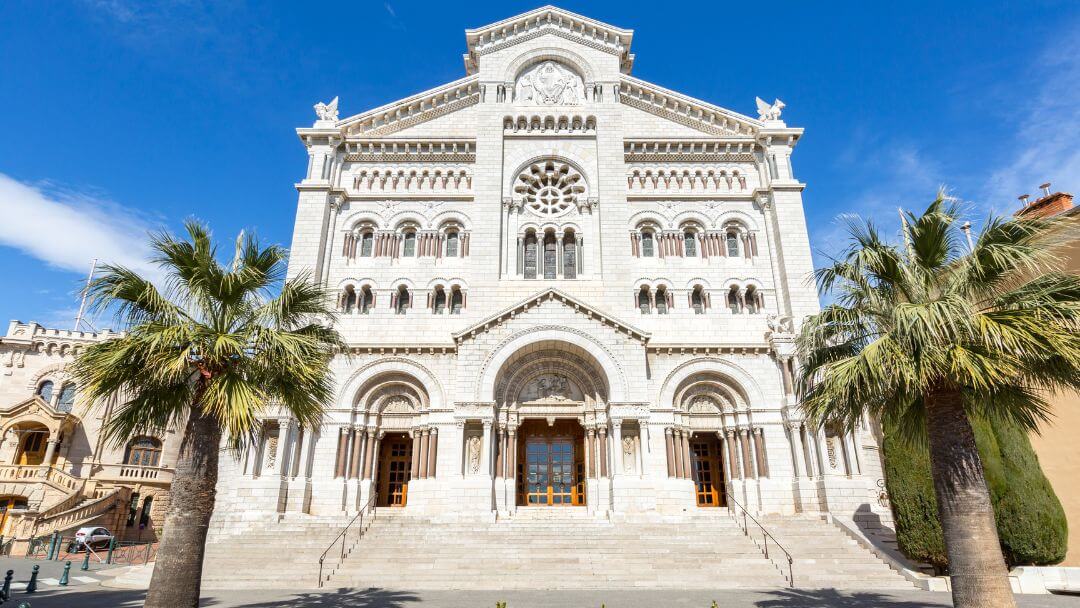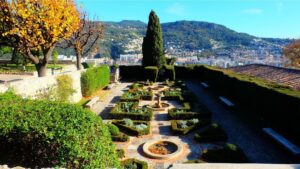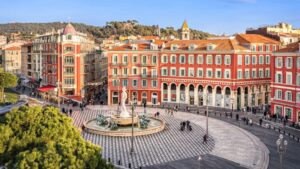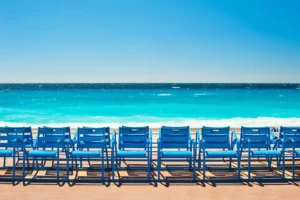In the heart of the Rock Saint-Nicolas de Monaco cathedral is a must-see. With Tour Azur, discover the history, secrets and practical information of this emblematic monument.
And if you want even more, a day trip to Monaco is full of surprises: from the Casino de Monte-Carlo to the Port Hercule, the Principality is full of treasures.
In a nutshell:
- Address: 4, rue du Colonel-Bellando-de-Castro, on the Monaco rock.
- Opening hours: 09:00 – 18:00 (except during religious services).
- Mass times: 10:30 am on Sundays.
- Don’t miss the mosaics, altarpieces, high altar and princely tombs.
Presentation of Monaco's Saint-Nicolas Cathedral
What's the name of Monaco Cathedral?
Monaco’s cathedral is officially called “Cathedral of Our Lady Immaculate of Monaco“.
In common usage, however, it is more often referred to as “Saint-Nicolas Cathedral“in reference to the ancient church of St. Nicholas that once stood on this site.
It is also known simply as “the Cathedral” so central is it to the Principality’s religious life and identity.
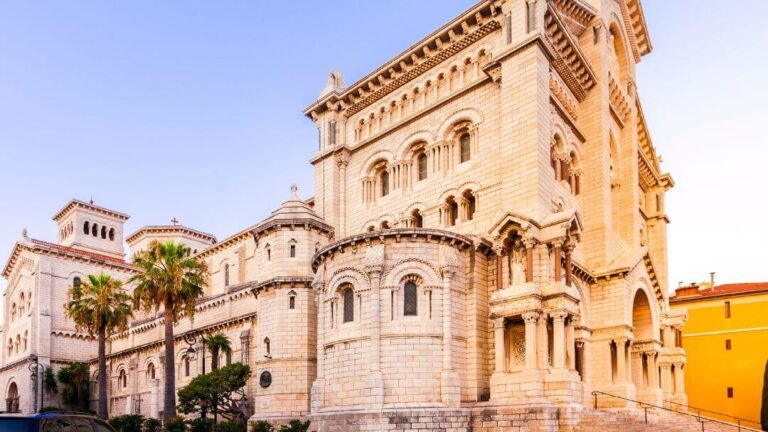
What is the history of Monaco Cathedral?
Here’s a clear summary of the cathedral’s history:
- XIIIᵉ century: Saint-Nicolas church built on the Monaco Rock. It became the main place of worship for Monegasques.
- 1874: demolition of the church by Prince Charles III, who planned to build a cathedral in its place.
- 1903-1909: construction of the current cathedral, in Romanesque-Byzantine style, under the reign of Albert Iᵉʳ.
- 1911: consecration of the cathedral as Notre-Dame-Immaculée.
- 1912: completion of final interior fittings.
How important is it to the Monegasque identity?
Saint-Nicolas / Notre-Dame-Immaculée Cathedral is an important part of the Monegasque identity for several reasons:
- A spiritual and religious symbol the mother church of the diocese, home to the bishop and host to the nation’s major religious celebrations.
- This is the necropolis of the Princes of Monaco where the tombs of numerous sovereigns, including Prince Rainier III and the Princess Grace of Monaco.
- It embodies a symbolic transition between two eras of the Principality: by replacing a small church with a majestic cathedral, Prince Charles III sent the message that Monaco was a sovereign state.
- Finally, the cathedral is a place of collective memory where Monegasques gather for major events.
What you can see in the cathedral
Remains of Saint-Nicolas church
If you walk along the back of the cathedral, in the ruelle Sainte-Barbe, you can see some archaeological elements, pieces of capitals or columns.
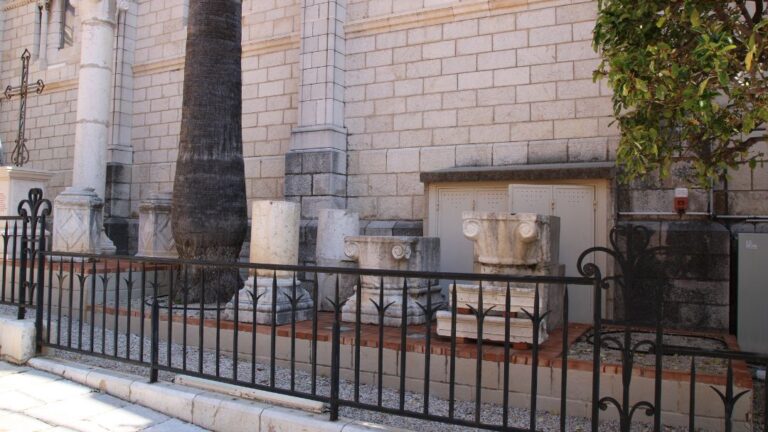
The white Romano-Byzantine façade
The cathedral is distinguished by its imposing architecture, with a massive façade. It is 22 meters wide and 18 meters high.
Its dazzling whiteness is due to the use of white stone from La Turbie a local material from the village perched just above Monaco.
The mosaics
There are some remarkable mosaics inside the cathedral! Two caught our eye.
The contemporary mosaic dedicated to Saint Nicholas by the artist Larissa Perekrestova, a mosaicist of Ukrainian origin living in Provence. The work was donated by the Republic of Ukraine to the Principality of Monaco.
Another important mosaic highlights the figure of the Virgin Mary, Immaculate Conception the cathedral’s patron saint. It reminds us that the building, although sometimes called “Saint-Nicolas Cathedral”, is officially dedicated to Our Lady-Immaculate.
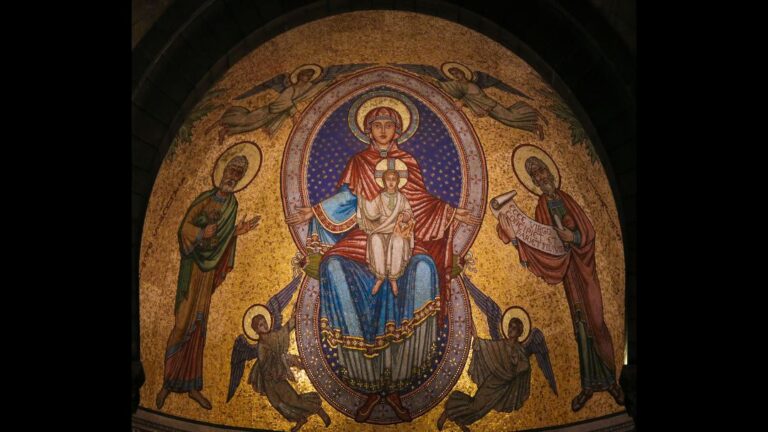
The altarpieces
These ornate vertical constructions behind the altar table are truly sublime.
Several can be seen in the cathedral, including the altarpiece of Saint Nicolas by Louis Bréa, and the altarpiece La Pietà des Pénitents Blancs by François Bréa.
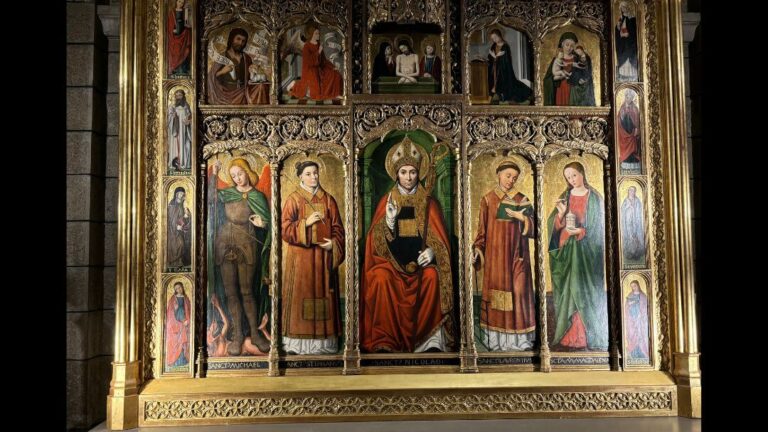
The stained glass windows
The cathedral’s stained glass windows, also in the Romanesque-Byzantine style, bathe the interior in subdued, colorful light.
💡Tour Azur tip: don’t miss the superb Nativity scene.
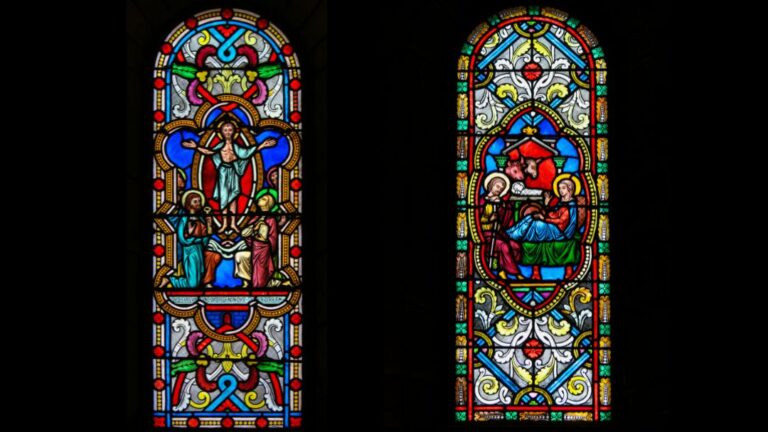
The high altar and episcopal throne in white Carrara marble
In a cathedral, the high altar refers to the main altar at the heart of the liturgical choir. This is a particularly beautiful altar, inlaid with mosaic and copper.
As for the throne, it’s the seat reserved for the bishop in his cathedral.
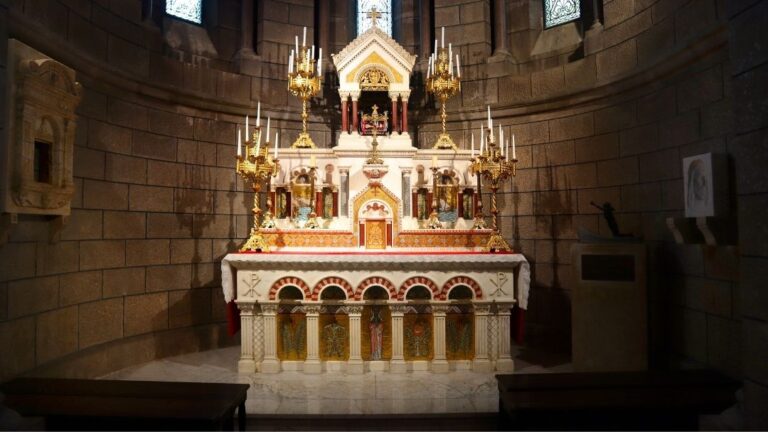
The organs
Monaco Cathedral boasts two impressive organs that contribute to the solemn atmosphere of the services:
- The gallery organ also known as the “great organ”, first installed in 1976, dominates the nave from the gallery. It is the main instrument used for major celebrations and concerts. It was rebuilt and enlarged in 2011, and is one of a kind: thanks to Plexiglas panels illuminated by LEDs, it changes color according to the notes played by the organist.
- The choir organ built in 1976 by the Italian firm Giovanni Tamburini, is a more direct accompaniment to liturgical hymns and daily services.
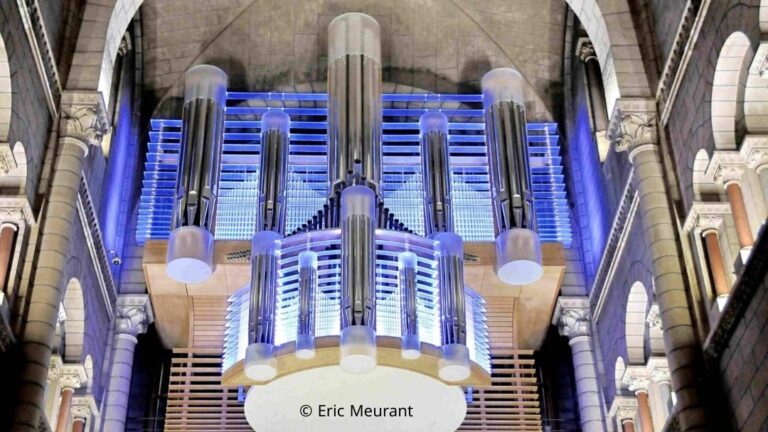
Princely tombs: Rainier III and Princess Grace of Monaco
Monaco Cathedral is also the necropolis of the Princes of Monaco. In the ambulatory, visitors can see the tombs of several members of the princely family, the most famous of which are those of Prince Rainier III and his wife Princess Grace.
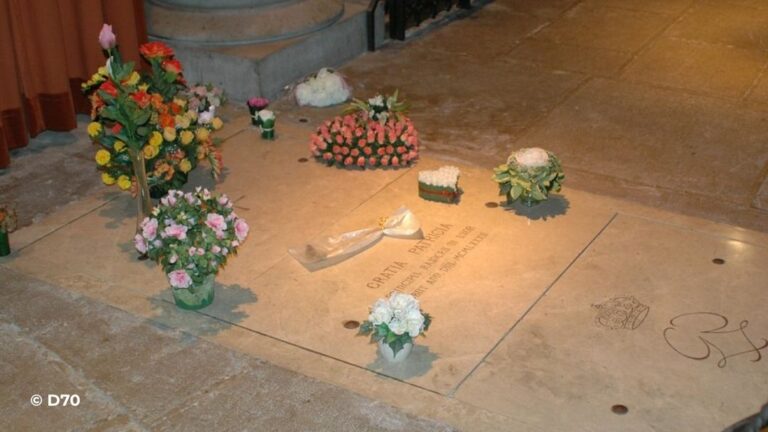
The Petits Chanteurs de Monaco choir
The Maîtrise de la Cathédrale de Monaco, better known as the Petits Chanteurs de Monaco, provides the cathedral’s musical services. They can be heard singing at services, particularly on Sunday mornings from September to June.
Outside Monaco, the choir is also a cultural ambassador for the Principality: every summer, the Maîtrise goes on an international tour.
👉 You can find their dates here.
Practical information for your visit to Monaco Cathedral
Tour times, prices and duration
The cathedral is open to visitors every day from 9 a.m. to 6 p.m.outside religious services. Admission is free.
The tour route generally follows a particular direction of circulation : enter from the right, walk around the building along the ambulatory, then exit to the left.
Allow about 30 minutes for a self-guided tour, a little longer if you wish to admire the artistic details or pay your respects to the princely tombs.
💡 Our tip: the cathedral, located in the popular tourist district of Le Rocher, is one of Monaco’s most visited monuments. It’s particularly busy in summer. To enjoy a more leisurely visit, opt for mornings and avoid weekends if possible.
Access by car, public transport and on foot
By bus
The cathedral is served by bus lines 1 and 2 (Monaco-Ville – Le Rocher stop) and by line X1 (Le Rocher stop). From here, it’s a 300-meter walk to the building.
👉 To consult routes and timetables : www.cam.mc
By car
Access to the Rock is strictly reserved for vehicles registered in Monaco or the Alpes-Maritimes. Parking is not available directly nearby. Visitors must park in one of the parking lots below, then walk or take the bus to the Rocher.
Among the closest:
- Parking de la Colle
- Place d’Armes parking lot
- Parking Quai Antoine Ier
- Parking de la Condamine
👉 Prices and availability : www.parkings.mc
On foot
You can also reach the cathedral by walking up to the Rocher. It’s a pleasant walk, but beware: it’s uphill!
What to do near the Cathedral
We recommend four places on the Rock.
First, the Prince’s Palace is the official residence of the Grimaldi family. It is the official residence of the Grimaldi family and can be visited in part: the richly decorated Grands Appartements are open to the public for part of the year. Don’t miss the daily Changing of the Guard ceremony at 11:55 a.m., which attracts many visitors.
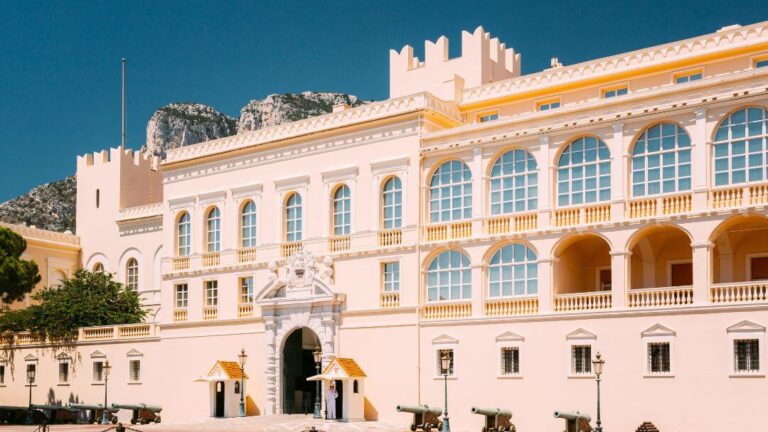
Next, the Oceanographic Museum is a world-renowned institution. Inside: spectacular aquariums, scientific collections and interactive exhibits.
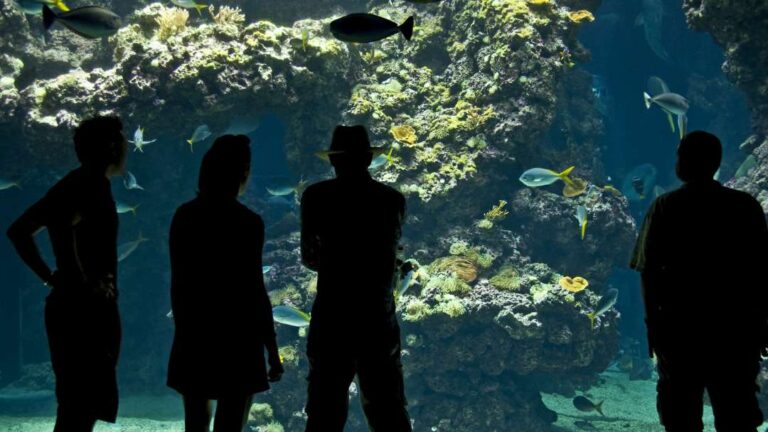
Don’t miss the Saint-Martin Gardens which stretch out below the cathedral. These peaceful Mediterranean gardens, laid out in the XIXᵉ century, offer superb sea views and shady walkways lined with exotic plants. Unlike other sites such as the exotic garden. They are much less crowded, making them ideal for a quiet break after or before visiting the cathedral.
Finally, the Théâtre du Fort Antoine is a former military fortress transformed into a charming open-air theater. Every summer, this venue hosts a varied program of theater, concerts and live performances.
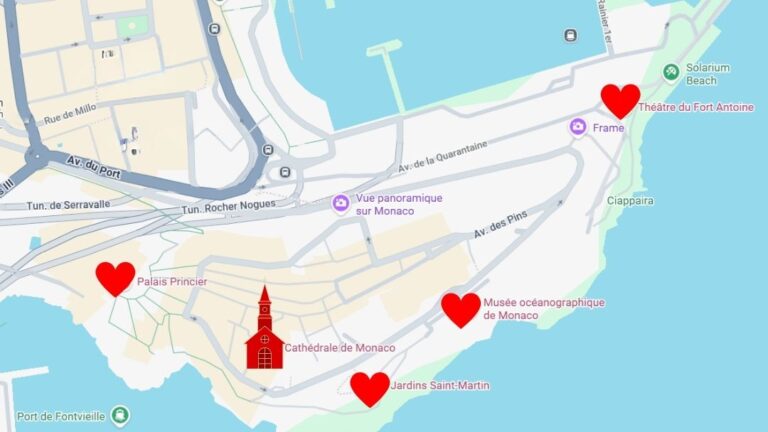
Religious and liturgical life at the cathedral
Mass and service times
Notre-Dame-Immaculée Cathedral is above all a living place of worship. On Sundays, solemn High Mass takes place at 10:30 a.m. in the cathedral, often accompanied by the Maîtrise des Petits Chanteurs de Monaco.
👉 To find out about the program it is advisable to consult the cathedral’s the cathedral’s official website.
Who are the bishops of Monaco?
Strictly speaking, the Principality has only one bishop: Monsignor Dominique-Marie David, Archbishop of Monaco since 2020 and a member of the Emmanuel Community.
But the life of the cathedral also relies on a team of priests and managers who assist it on a daily basis:
- Canon Daniel Deltreuil, archdeacon and cathedral priest,
- Abbé Luca Favretto, parish vicar,
- Abbé Pierre-Emmanuel Pauchet, in pastoral service.
Who is the parish priest at Monaco Cathedral?
There are parish priests in Monaco, as in all Catholic parishes. The curé is the priest appointed by the bishop (in this case, the archbishop of Monaco) to be in charge of a parish.
Monaco has several parishes (Cathedral, Sainte-Dévote, Saint-Charles, Saint-Nicolas de Fontvieille, Saint-Martin/Sacré-Cœur, etc.).
Each parish has its own parish priest, and at Monaco Cathedral the parish priest is currently Canon Daniel Deltreuil (he is also archdeacon).
Plan your visit to Monaco Cathedral with Tour Azur
Our private tours to discover Monaco
First, we organize private tours fully customizable guided tours. In a reserved vehicle (maximum 8 people), our driver-guide accompanies you to each location for a guided tour.
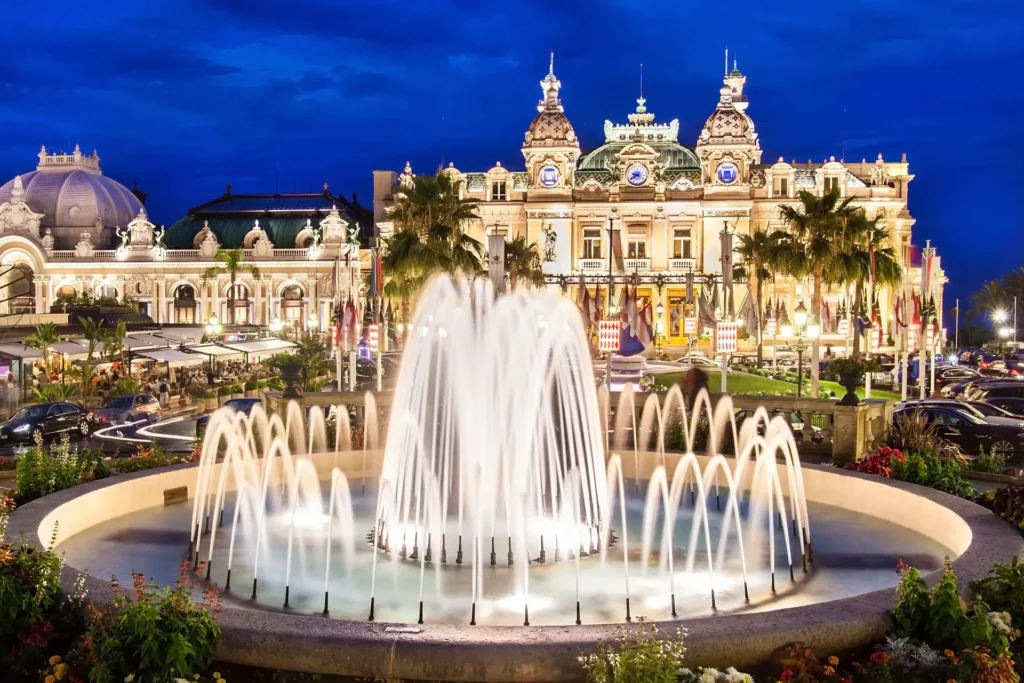
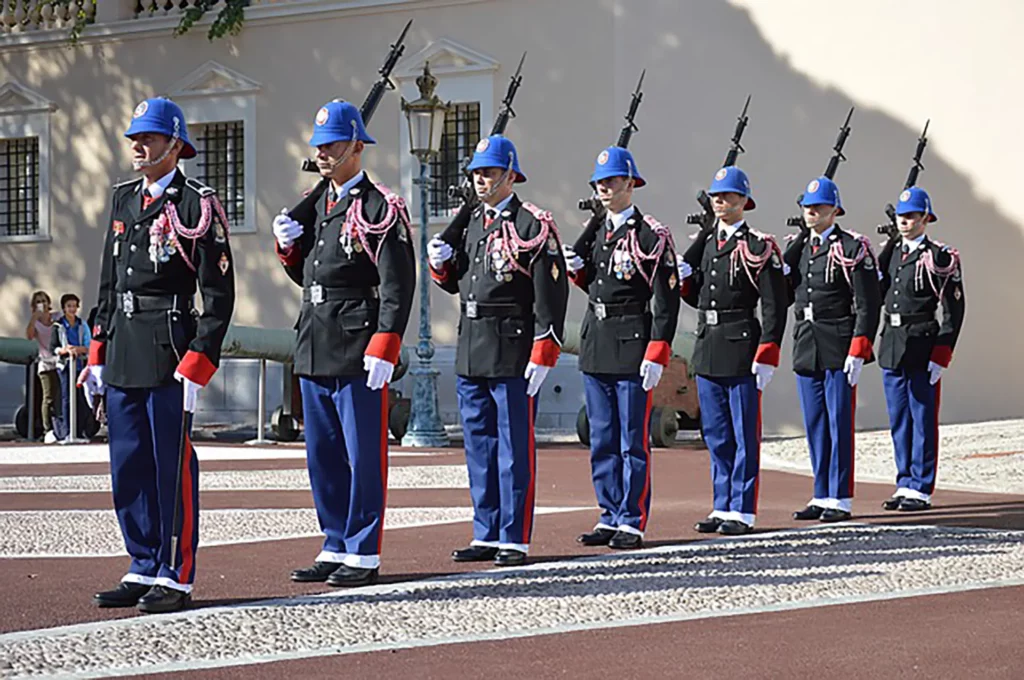
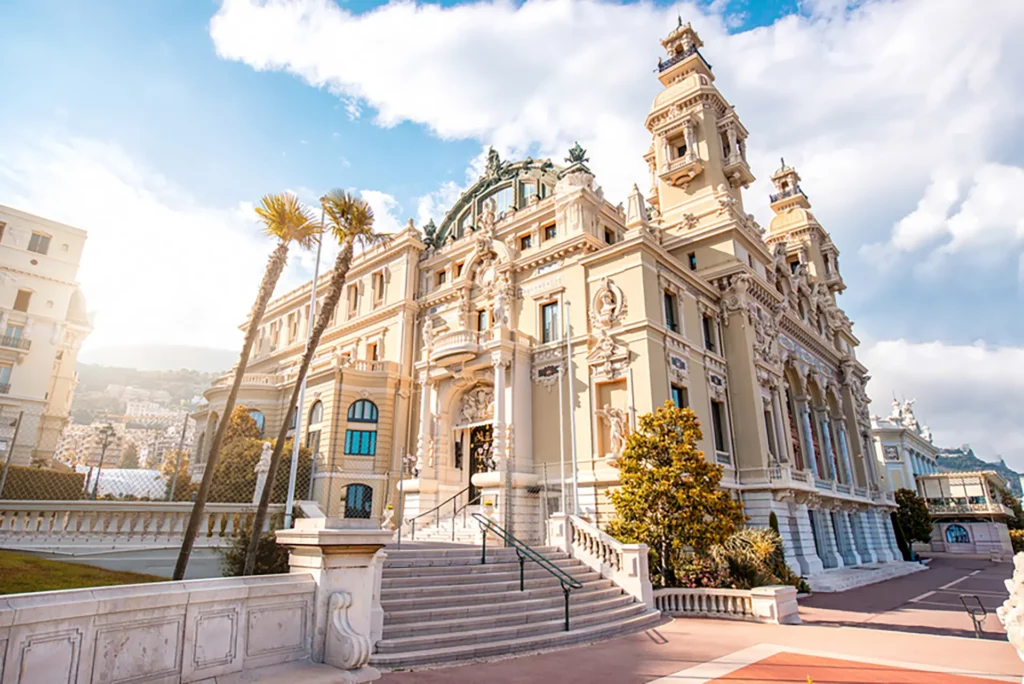
Our shared tours
Tour Azur also offers shared tours. These are tours with a predefined itinerary, during which other customers join you in a vehicle for up to 8 people. The driver takes you to the various places on your itinerary, without giving a guided tour.
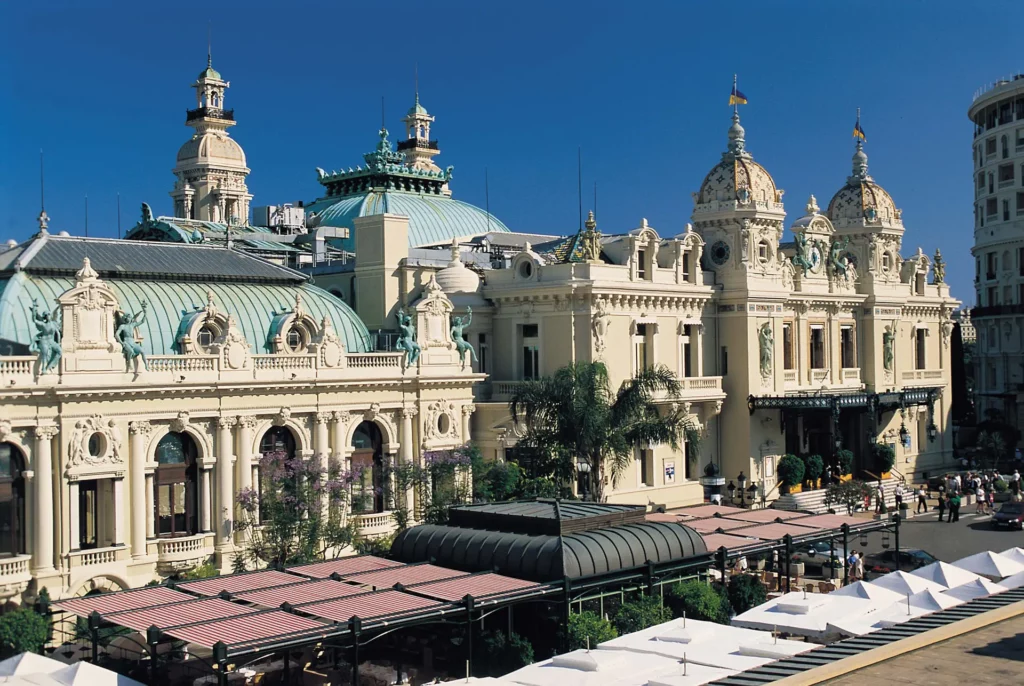
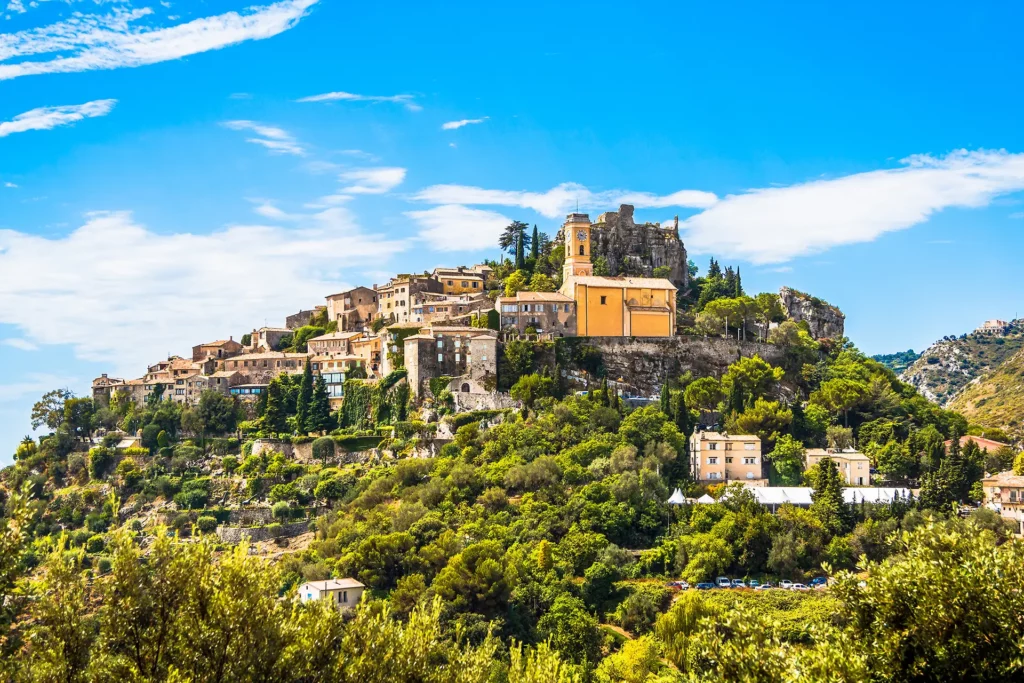
Who is buried in Monaco Cathedral?
Here are the tombs of most of the sovereigns of the Grimaldi dynasty since the beginning of the XXᵉ century, as well as those of several princesses. Among the best-known burials:
- Prince Rainier III (1923-2005), who ruled Monaco from 1949 to 2005.
- The Princess Grace of Monaco (Grace Kelly, 1929-1982), his wife, a Hollywood actress who became a Monegasque icon.
- Prince Louis II (1870-1949), grandfather of Rainier III.
- Prince Charles III (1818-1889), founder of modern Monte Carlo.
- Princess Charlotte (1898-1977), mother of Rainier III.
Are the cathedral and Saint-Nicolas church the same thing?
No. The confusion stems from the fact that Monaco’s present-day Notre-Dame-Immaculée cathedral was built on the site of the former Saint-Nicolas church, demolished in 1874. Hence its common name of “Cathédrale Saint-Nicolas”.
Today, however, there’s also a church, Saint-Nicolas, in the Fontvieille district. It was commissioned by Prince Rainier III and consecrated in 1989. It is the most recent parish in the archdiocese.
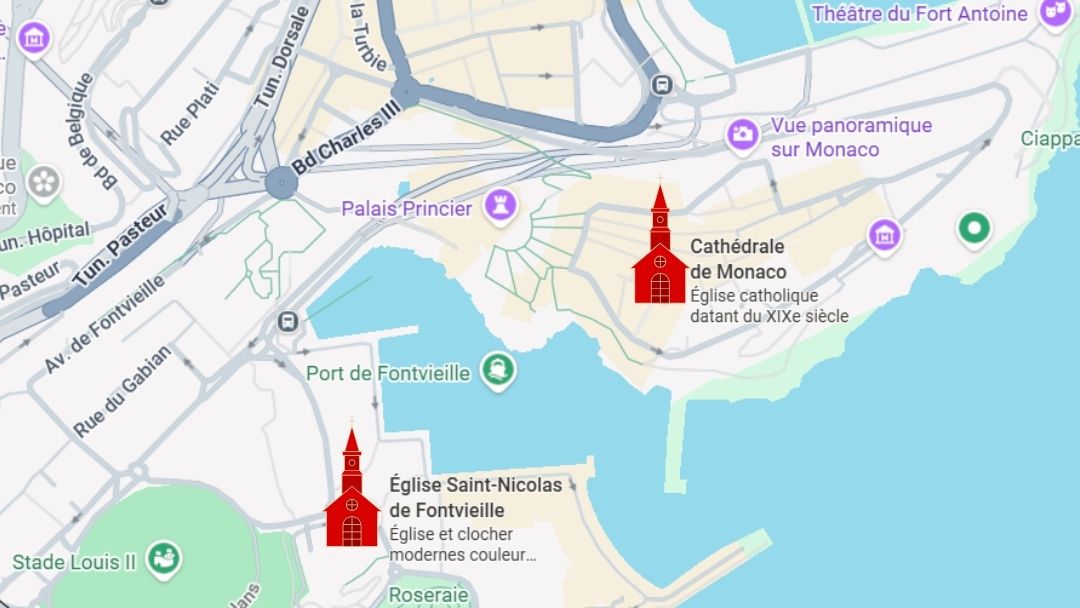
Where can I find the Diocese of Monaco program?
To keep up to date with the celebrations, services, spiritual and cultural events organized by the diocese, the official website of the Diocese of Monaco features an events section where regularly updated programs are published, such as the festivities of Sainte-Dévote and other parish initiatives.
What to see in Monaco ?
There’s no shortage of choice:
- The circuit of the Grand Prix Formula 1 Grand Prix circuit, the heartbeat of motorsport enthusiasts.
- The new district Mareterra a showcase for sustainable urban planning in Monaco.
- The automobile museum featuring the Prince of Monaco’s exceptional collection.
- The famous Casino de Monte-Carlo.
👉 To find out more, we have written here and here and there comprehensive articles on the Principality’s must-see attractions and the best times to visit Monaco.
